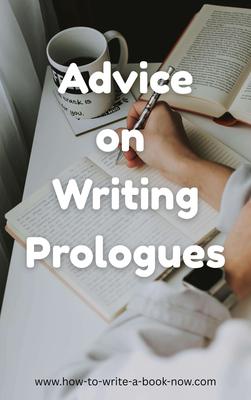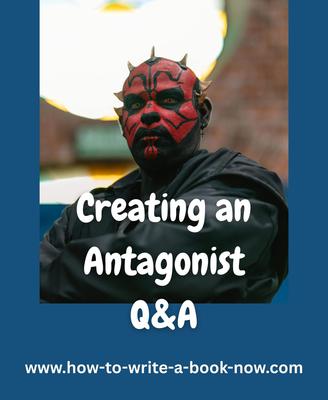How much time should I leave between main events?
by Maddog
(Southern California)
Question: I am writing a love story told from four different perspectives. I have about three main events with several parts to each of them. However, I do have just one question: how much time do you recommend I leave between each event so that the in-between parts aren't considered filler but I don't have all three main events back-to-back, 'cause where's the suspense in that?
Answer: You should think about writing in terms of arcs.
Story arcs tend to follow this pattern...
setup --> complication --> crisis --> resolution
For instance, if you are writing the arc of a romantic relationship, the setup will be how the relationship gets established. The complication will be where it deepens. The crisis will be where the couple has a separation or falling out. The resolution will show how they get back together and realize they have found true love.
Each of these four stages could be told as a single event. For instance (and this is very simple)...
Setup -- two people get chatting at party and like each other enough to exchange phone numbers.
Complication -- a date turns into a sex.
Crisis -- one of them finds out the other has been lying and they break up.
Resolution -- turns out the person wasn't lying, and forgiveness leads to commitment.
That could be a short story.
On the other hand, maybe you need more than single events to tell this arc properly. It is common for each stage to be told as a series of scenes. It may take several events for the relationship to deepen, several for suspicion to build to a crisis, several before forgiveness can occur.
You have to decide, as the writer, how much time you need to develop this arc so it doesn't feel rushed or forced, but at the same time keep the reader interested in finding out what will happen next.
But notice... none of these four stages is filler. They are all equally important in creating an emotional experience for the reader. If you left any stage out, you would have a plot hole.
Of course, something that creates space between events is the fact that you will have more than one
Setup: an event that shows who this person is when the story begins.
Complication: something causes the person to question themselves, to wonder if they need to change.
Crisis: the moment when they decide whether or not to change, to become someone else or take a new approach.
Resolution: an event that shows whether they made the right choice, whether they are happy, content, or in a better place.
The love interest may have a similar arc, especially if you also write from their point of view. And (in your case) you may have other POV characters you want to develop arcs for.
And, in many romances, there is an external plot that all the characters are involved in (even if it's just an excuse to get them to interact). This external plot will also have a 4-part arc.
As for your major events or turning points (which Dramatica calls Drivers), they typically go at the beginning and end of each act and are part of the external plot, so that your structure looks like this...
Initial Driver: this starts the story, but sometimes is only told later in flashback.
Act 1: all the setups
2nd Driver: the journey begins
Act 2: all the complications
3rd Driver: the point of no return
Act 3: building to crisis, plus the crises in the other arcs
4th Driver: the big crisis
Act 4: moving towards resolution.
Final Driver: the climax when the external plot gets resolved
The resolutions of the character arcs can appear before or after the final driver.
The point is that, between each driver, a lot has to happen. All the arcs have to have their events, and you will weave back and forth between them. You may show how some characters react to the last driver as well as build to the next.
If you do this well, you will probably find you have a full-length book with no space left for filler. In fact, you may find you have to condense parts to fit it all in.
Best of luck.
- Home
- Plot Questions
- How much time should I leave between main events?















